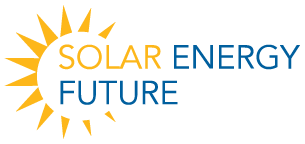Consumer Protection
Solar energy is a new and highly technical industry. Much like buying a car, those selling residential solar typically know much more about it than those purchasing it. For that reason, it is important that you take time to research solar technology, its cost of installation, and how solar will affect your monthly energy rate.
One way to ensure that you are protected from predatory pricing or false promises is to ensure that your solar installer follows industry best practices and ethical guidelines, such as those provided by the Solar Energy Industries Association. There industry code of ethics can be found here.

The Attorney General in five different states have also released statements urging consumers to select their solar provider carefully. Each endorses solar technology, but they also urges citizens of their state to research and make informed decisions before purchasing solar to ensure that they make the best, informed decision.
Please follow these links to the Attorney General statements for more information:
Consumer Safety
Residential solar energy has many benefits. However, consumers must be aware of and plan for potential safety concerns before making a purchase:
- Solar panels and their wires conduct electricity, including lighting. Properly grounding panels with non-corrosive, insulated wires will go a long way to eliminating electricity-related safety concern.
- Rooftop solar panels may make it more difficult for first-responders to access rooftops in an emergency.
- Solar cells contain potentially harmful chemicals. Handling them carefully and properly will prevent harm.
- Solar panels get extremely warm and instances exist were they have caused fires. Proper installation will ensure that this does not occur.
Always consult your solar installation expert to understand the latest safety technology and ensure that panels are properly installed and maintained.
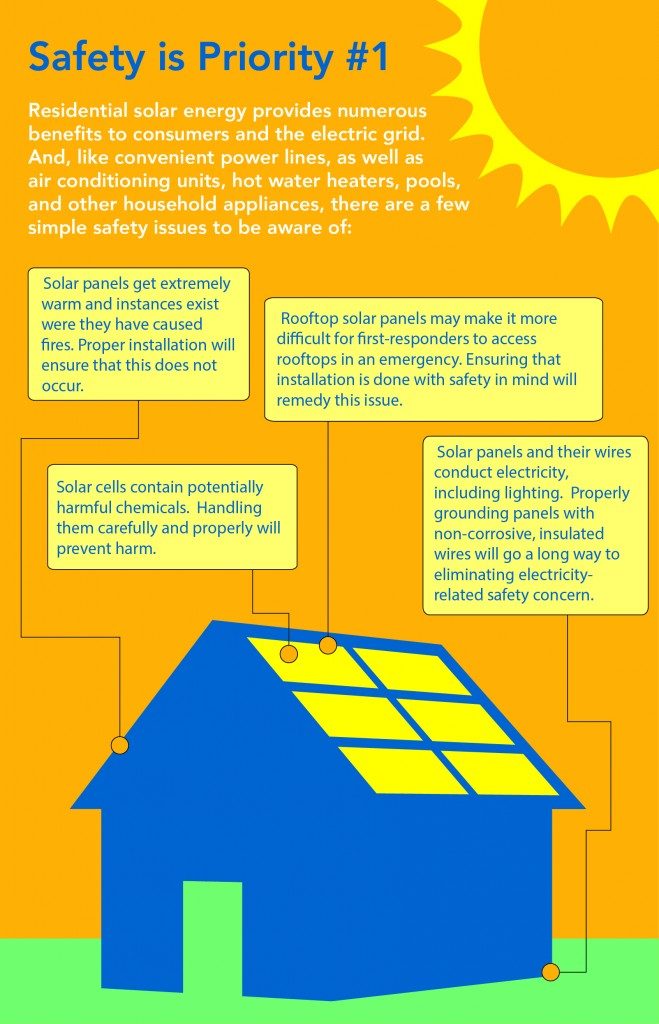
Please follow these links for more information:
Environment
Utilizing solar power reduces consumption of fossil fuels, minimizing the emission of pollutants and greenhouse gases. In addition, distributed generation technologies such as rooftop solar panels have little impact on the land.
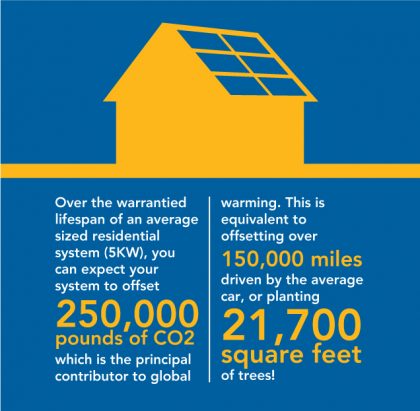
Read more about the environmental benefits of solar power – Benefits of Solar Power.
Rate Setting
Rate setting is a formal regulatory process to establish the basis for customer electric rates. These rates include the cost for the utility to maintain and upgrade the electric system that everyone uses.
Solar customers are subject to these rates since net metering allows them to sell energy back to the utility, which requires access to the grid. In addition, most solar customers need electricity from the electric grid at times of the day when solar power alone cannot power the home.
Cities and states take different approaches and set different rates based on a variety of factors, including operating costs, location, and existing utility regulation.
How to determine whether rooftop or large-scale utility solar is right for you:

Please follow the link for more information:
Reliability
The grid is designed to handle variability in energy supply, as new and different generation sources are implemented onto the grid. An increasing amount of solar energy is being reliably integrated onto the grid with the help of detailed weather reports. This allows grid operators to adjust other electricity sources as needed. When solar power diminishes, grid operators can draw on reserves from other sources. Also, while storing large amounts of electricity is difficult, storing thermal energy that can later be converted into electricity is relatively easy.
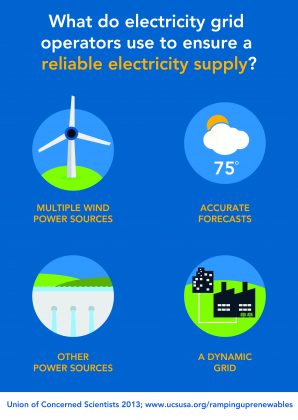
To learn more, please visit the following links:
Solar and the Grid
The electric grid is a two-way interconnected system that maintains a balance between energy supply and electricity demand, while moving electricity from generation sources to customers. While the grid utilizes a mix of energy sources including fossil fuels, wind, and biomass, solar power can supply reliable energy to the grid, reducing fossil fuel consumption and minimizing the environmental impact of electricity.
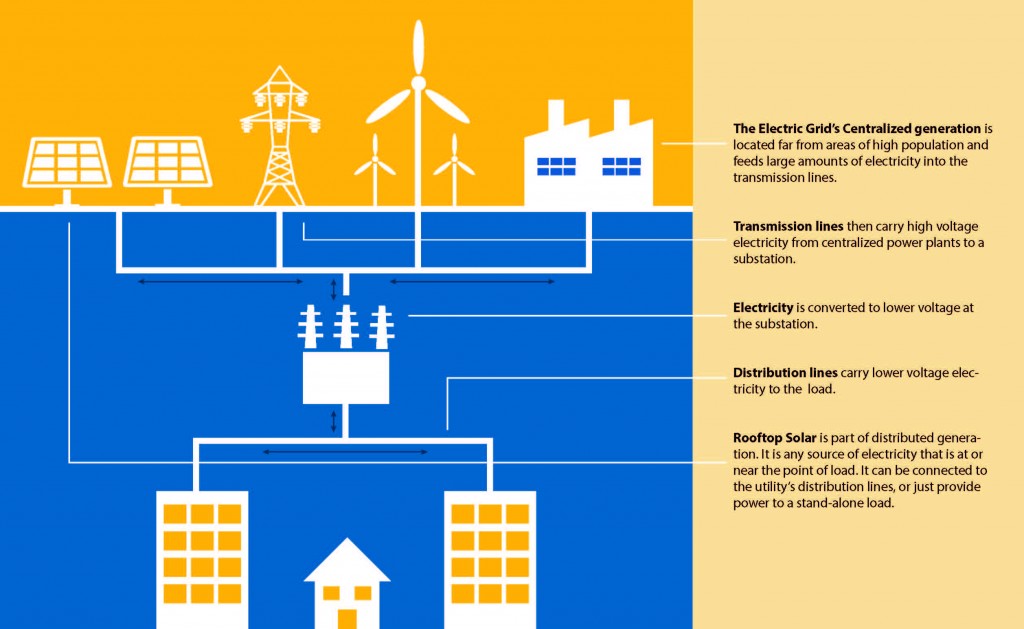
Infographic: How Solar Works
Taxes
The Energy Policy Act of 2005 created a federal tax credit known as the solar Investment Tax Credit (ITC) for residential properties. This 30% tax credit applies to solar-electric systems, solar water heating systems, and fuel cells.
The ITC was extended in 2008 by the passage of the Energy Improvement and Extension Act. This Act allowed other renewable technologies, such as small wind-energy systems and geothermal heat pumps, to take advantage of the tax credit.
In 2009, a new provision allowed each home’s ITC credit to exceed $2,000.
Residential tax payers were able to claim the 30% credit once the installation of solar energy units was completed. The ITC allowed citizens to claim the credit for expenditures on the installation of residential solar, including labor, on-site preparation, assembly and installation, and piping and wiring.
If a home’s tax credit exceeded the amount owed in taxes, the excess was eligible to be carried over into 2016.
This policy was initial set to expire on December 31, 2016. However, on December 18, 2015, congress passed a spending bill that extended the credit for an additional 5-years, with some alterations. The new bill extends residential solar tax credits beyond December 31, 2016, but steps it down from 30% to 10% by the end of 2024.
Projects that commence by the end of 2019 will receive the current 30% credit, projects that start construction in 2020 are eligible for a 26% credit, and projects that start construction in 2021 will receive a 22% credit. To receive any of these credits, projects must be completed by 2024.
For future information on the ITC, please visit:
Transmission and Distribution
With “centralized generation”, transmission lines transport large amounts of high voltage electricity produced at centralized power plants to substations where the electricity is converted to a lower voltage. Then, distribution lines carry the lower voltage electricity to consumers. With “distributed generation”, the source of electricity is at or near the customer, such as solar panels on a residential home or business.
Transmission Towers
Transmission towers are generally tall metal structures that separate high-voltage power lines from their surroundings.
Conductors (Power Lines)
Conductors are the power lines that carry the electricity to and through the grid to customers.
Substations
Substations consist of structures, conductors, fencing, and lighting and serve as the area where very high voltages used for electric transmission are converted to lower voltages for consumer use.
Right of Way
The right of way encompasses land set aside for transmission lines and are cleared of vegetation to avoid the risk of fires and other accidents.
Access Roads
Access routes are normally paved or gravel roads cleared of vegetation for easy access to transmission lines and associated facilities.
To learn more, please visit the following links:

